Pharmaceuticals
Most pharmaceutical companies have multiple nitrogen uses and purity demands. Lab GCs and some other low-flow processes require very low flow at very high purity (99.999%-99.9995%), while the LCMS requires only about 99%-99.9%. Labs may also need small volumes of liquid N2 for freezing. The balances of most pharmaceutical applications are blanketing, inerting and (99%-99.9%). The latter is by far the largest Demand , accounting for most of the nitrogen use in the facility.
Chemical Plants
Nitrogen is used to inert the headspace in chemical storage or process tanks. The purpose of nitrogen is to defeat hazardous or explosive environments, or because of the adverse effect oxygen has on certain chemicals.
Bright Annealing
Because of the potential for oxidation, bright annealing requires high purity nitrogen when the oven temperature is over 1,500° F, however, the greatest volume of N2 is needed during the cooling phase. As the temperature drops, the percentage of O2 in the product stream can go up without any oxidation to the product
Aircraft Fuel Tank Inerting
For years, nitrogen has been used to inert the headspace in combat aircraft fuel tanks. In 1996, the crash of TWA flight 800 brought the issue of explosive fuel vapors to the forefront for commercial aviation as well.
Autoclaves
Autoclaves, ovens, and curing facilities for materials such as metal, carbon fiber and other high-strength or pre-preg fibers are an ideal application for non-cryo nitrogen. Maintaining a dry, oxygen-free atmosphere prevents metal from oxidizing, regardless of the temperature. Resins cure more quickly, evenly, and without bubbles in the dry, low O2 atmosphere of a nitrogen inerted oven.
Bacteria Elimination
Like most living things, bacteria need oxygen to survive. If oxygen is removed from a product, bacteria cannot live and grow. No bacteria means no mold or mildew. No food spoilage. Organics or chemicals do not become infected. Our nitrogen systems are used to blanket liquid, powder and gaseous products every day. Since nitrogen is required 24/7 to prevent growth, an N2 generation system works best. Purity requirements to kill or prevent bacteria are relatively low (95%).
Brazing
Brazing is a process that is well matched for PSA generated N2. Your choice of purity is really dependent only on the importance of the finished look of your product.
Fuel Tank Inerting
Nitrogen is used to blanket the headspace in fuel tanks. It reduces the possibility of an explosion by eliminating gaseous fumes.
Health & Beauty Aids
In many processes, raw materials and various ingredients would be compromised if exposed to oxygen. Nitrogen is used to inert the packaging of finished products, as well as other portions of the process.
Laser Cutting
A lean and efficient shop has become vital to the success of a laser cutter. Nothing can provide you with more cost savings than to generate your own Nitrogen.
Lead-Free Solder
High purity nitrogen is used in many solder applications. Its benefits include reduced dross on solder pots, and reduced surface tension, which allows solder to cleanly break away from the solder site.
Leak Test
Nitrogen is used to detect leaks in a variety of plumbing or piping applications. The gas is injected under pressure to assure good connections in brazing, welding and threaded pipe fittings.
Packaging
Our generators are used in the packaging industry. Whether it is vertical form fill, cup-fill, bulk, bullet, shrink-wrap, canning, bagging, encapsulation, blister pack, or any other form of packaging.
Pipeline Drying and Inerting
The low dew point of nitrogen (as low as -40°C) makes it an ideal choice for pipeline drying. As a value-added feature, nitrogen is totally inert; it displaces oxygen, retards oxidation, and prevents explosions.
Tire Inflation
Higher gas mileage, longer tire life and cost savings are major benefits of using nitrogen for tire inflation. N2 eliminates oxidation (which causes premature tire wear) and offers better tire pressure retention. The bottom line for your customers is a safer, smoother ride, improved fuel economy, and prolonged tire life.
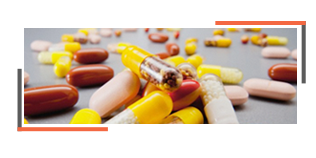 |
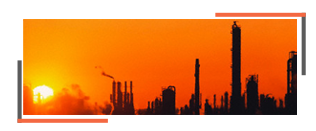 |
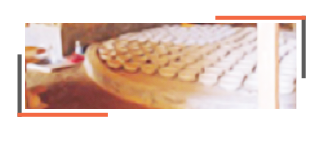 |
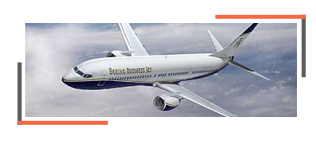 |
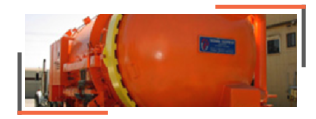 |
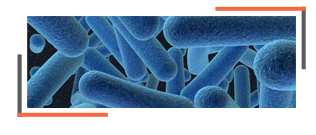 |
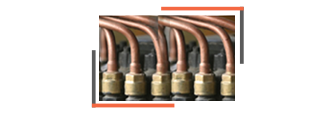 |
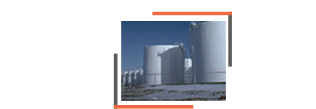 |
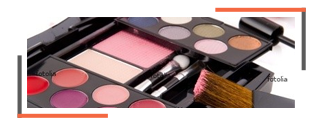 |
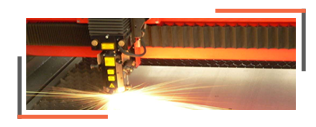 |
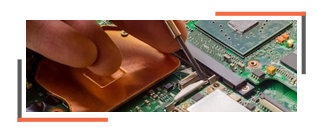 |
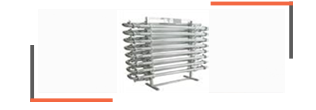 |
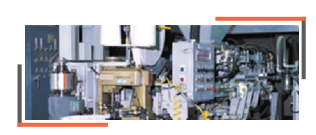 |
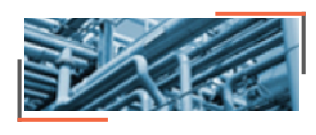 |
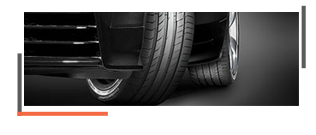 |
